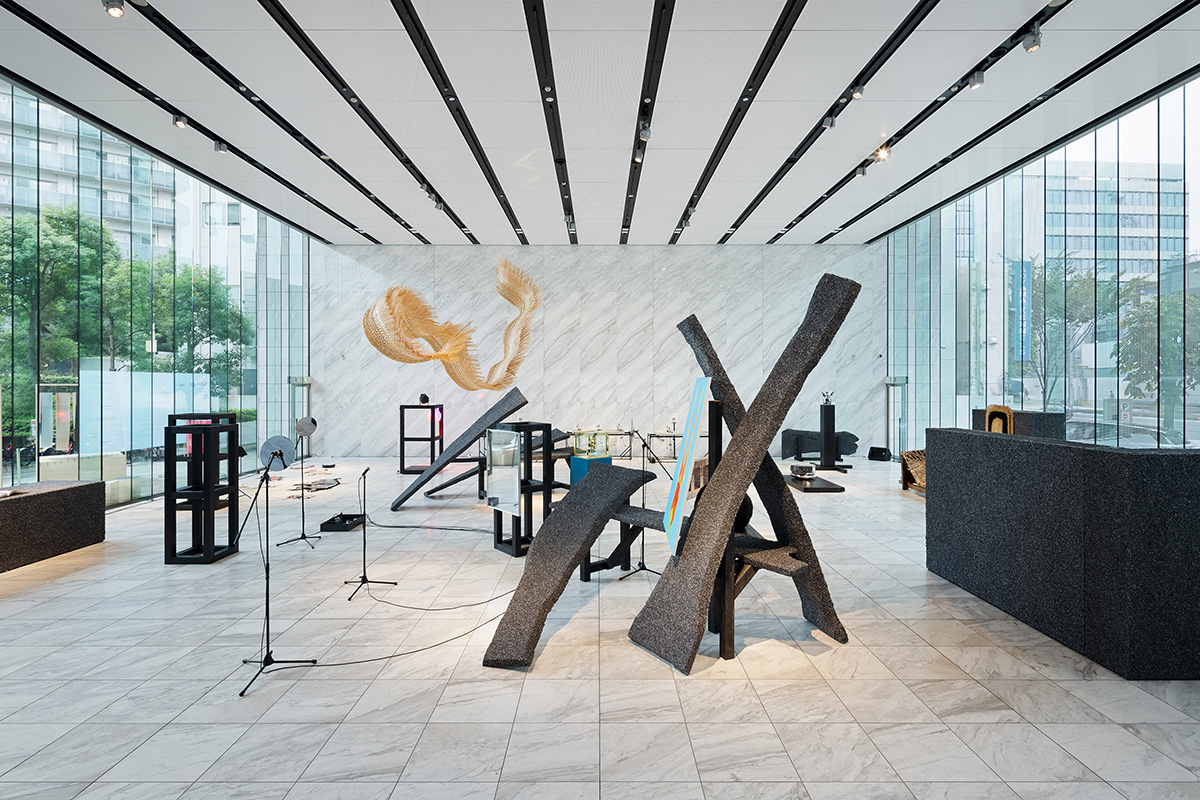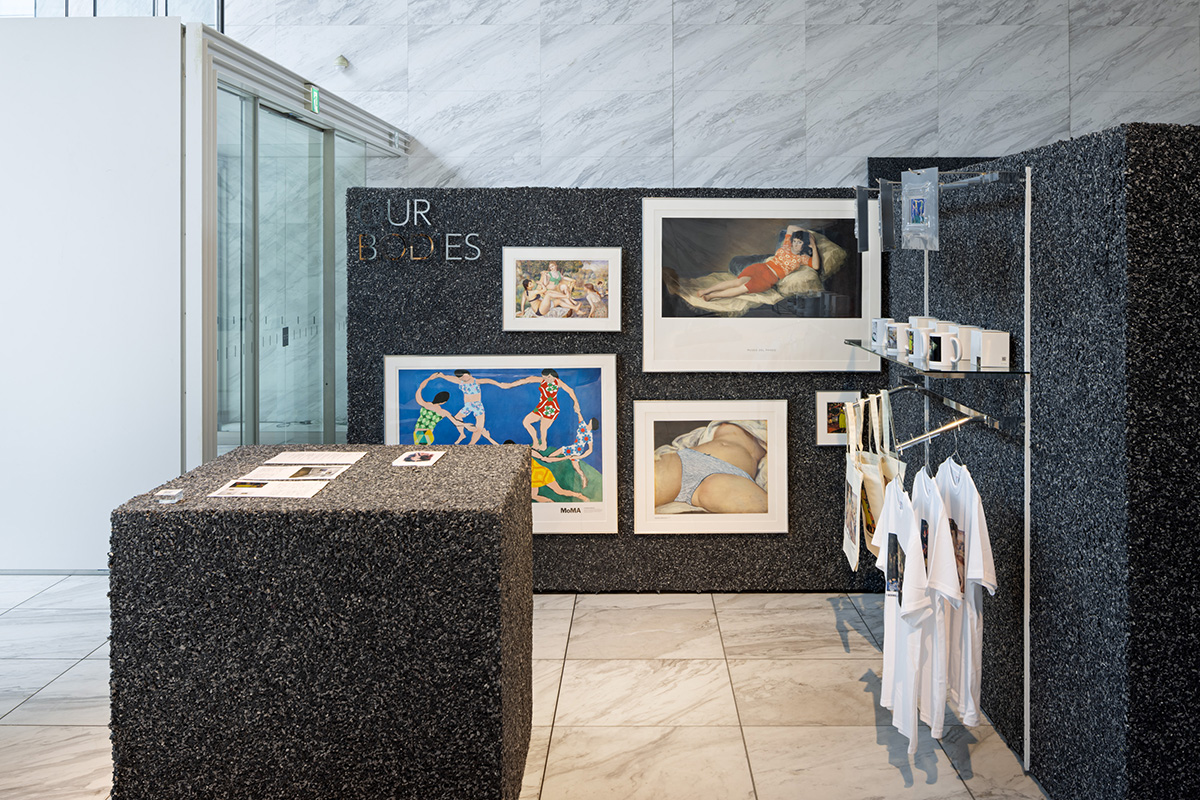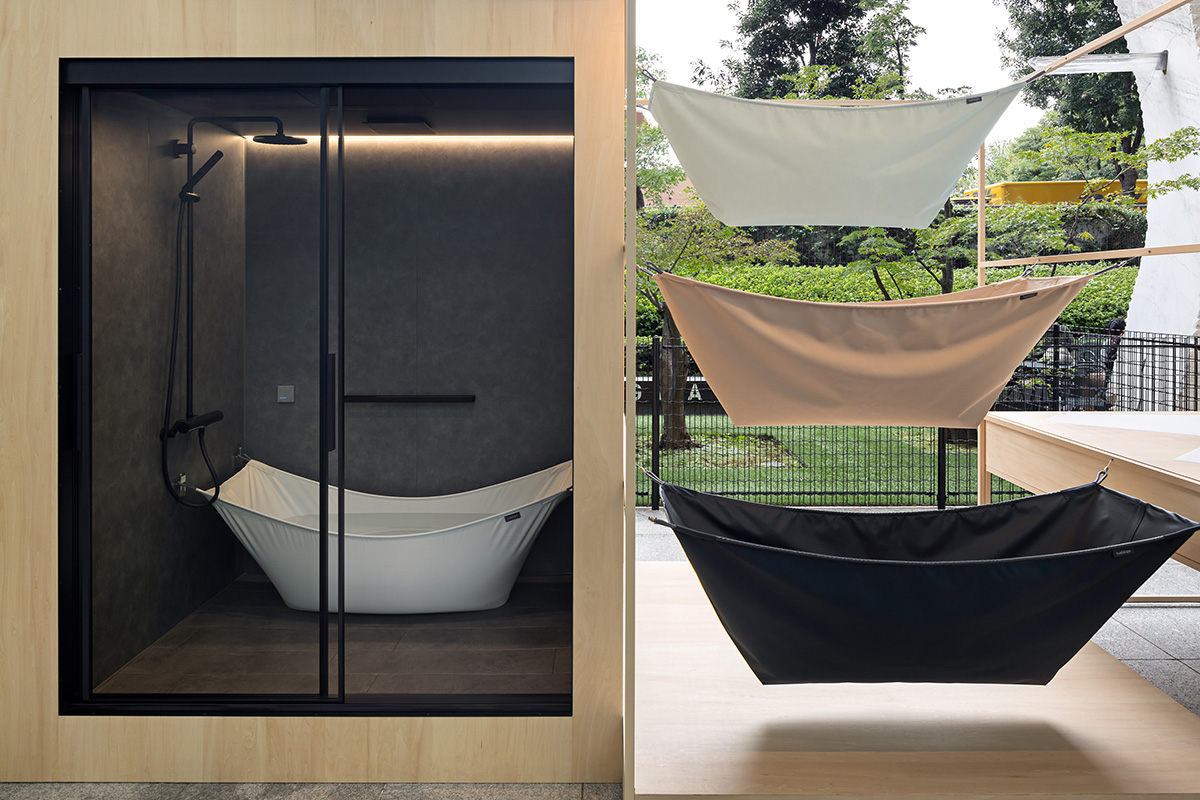DESIGNART TOKYO 2024
HAPPENINGText: Taketo Oguchi
DESIGNART TOKYO 2024, a well-established fall festival in Tokyo, celebrated its 8th anniversary from October 18th to 27th this year. About 117 exhibitions in 96 venues ushered in approximately 230,000 visitors to experience art and design in the city during the ten-day program.

Official Exhibition “Reframing”, Information Center (World Kita-Aoyama Building) © Nacása & Partners
DESIGNART TOKYO was launched in 2017 by five groups, including six active founders who engage in various fields with the aim of transmitting and industrializing creativity from Tokyo. The capital, being one of the world’s leading multicultural cities, shares its excellence in art, architecture, interior design, products, fashion, technology, and other areas. Unique presentations ignite promising artistic innovations that can be viewed in varied venues, such as shops and galleries. This year’s theme was “Reframing —the Beginning of a Shift—”.

Official Exhibition “Reframing”, Namae Myoji “OUR BODIES”, Information Center (World Kita-Aoyama Building) © Nacása & Partners
The official exhibition “Reframing” was based at the World Kita-Aoyama Building, the Information Center that serves as the face of the event, and welcomes many visitors every year.The groundbreaking showcase permitted visitors to explore “Reframing” by around 18 creators whose works were curated by four prominent figures in diverse disciplines. The picture above shows “OUR BODIES” by Namae Myoji, which focused on issues surrounding the female body, sexuality, and identity. Visitors were encouraged to purchase nude female works sold as merchandise in museum stores and other places, and to re-create them as products of dressed women for resale. I felt the theme imparted a good example for this exhibition.

LIXIL “bathtope”, Information Center (World Kita-Aoyama Building) © Nacása & Partners
In the outdoor zone of the Information Center, LIXIL, which celebrated the 100th anniversary of its water and tile business in Japan, an inventive bathroom space concept “bathtope” was proposed as a future outlook for the next 100 years. The space consisted of a removable bathtub that can be compactly folded and stored after use. The tub was made of fabric and filled with hot water. Even in cramped conventional bathrooms, the bathtub can be attached or detached at any time of day, season, or mood, allowing the user to switch between a large bathtub and a spacious shower room. The design attracted the attention of many visitors who were curious to see if it could be a type of evolutionary bathroom.
Read more ...





